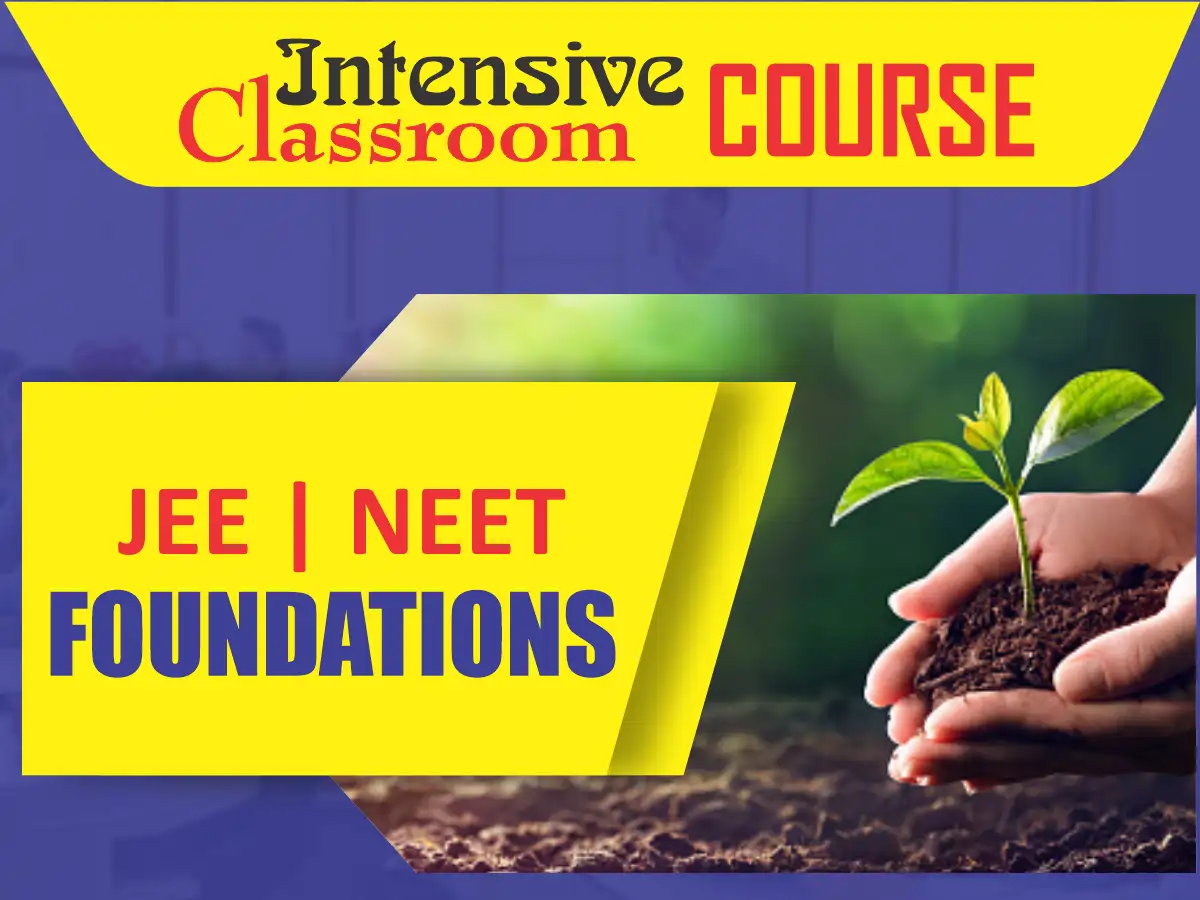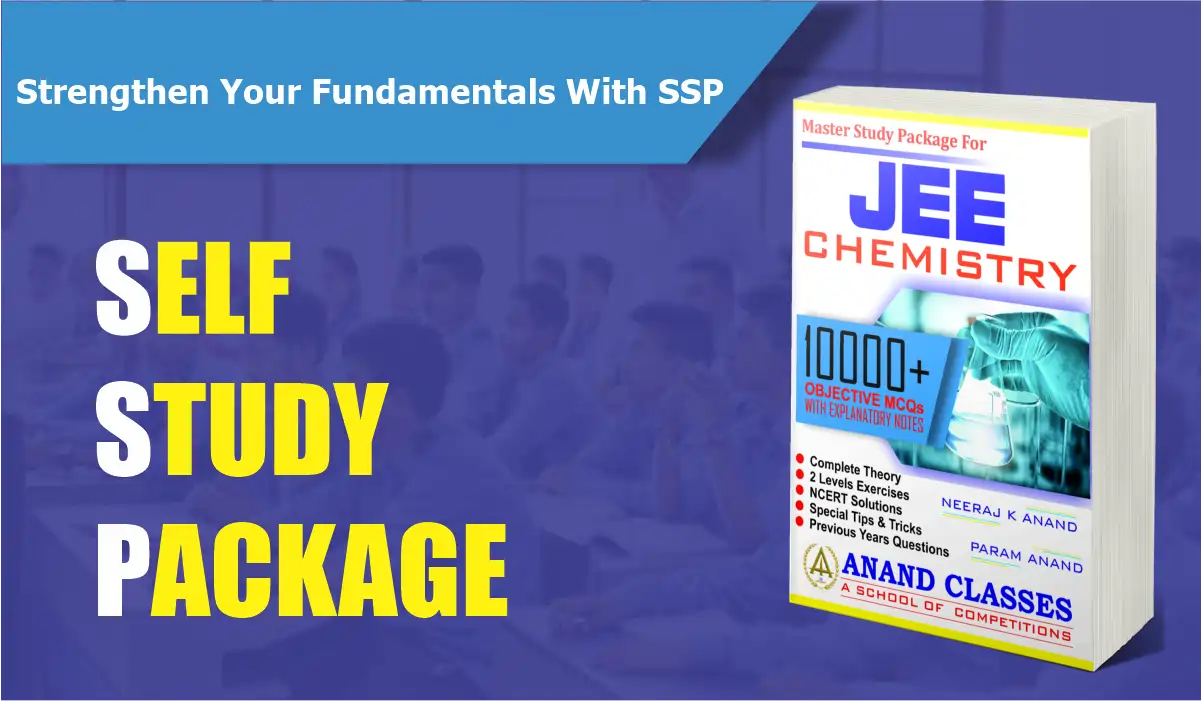Management Information Systems MIS Download E-Content Lecture Notes Books pdf Study Material Online|Anand Technical Publishers|Neeraj K Anand
Author’s Words
I strongly believe that the Almighty God alone plans every thing that happens in the world. So, I sincerely thanks the Almighty God for showering his blessings upon me and using me to write this book.
I wish to express my deep sense of gratitude to my colleagues and students whom encouragement and co-operation have been source of great inspiration to me. I am thankful to my father Sh. Om Prakash Anand, my son Param Anand and my dear wife Neetu Anand for bringing me out this book. I hope that this edition of the book will prove to be more useful to the Science and Engineering students. Any suggestions for further improvement of the book will be gratefully acknowledged by the both author and publisher. Finally, we would like to thank my colleagues in the various Institutes whom have encouraged and assisted us to make our best efforts in bringing out this book.
NIT – Warangal, Telangana
Neeraj K. Anand
November 2021
Dedication
In The Everlasting Memory of My Mother
Late Smt. Nirmal Anand
About The Book
Management Information Systems (MIS) are concerned with “planning for, development, management, and use of information technology tools to help people perform all tasks related to information processing and management”. MIS aids in planning by offering the necessary information that assists in firm decision-making, especially in large organizations where the managers cannot exert direct control over all operations. It also reduces data overload by changing the bulk of data in a condensed form. In doing this, MIS eliminates the confusion that is often associated with excessively detailed facts. MIS also encourages decentralization and coordination by providing a platform for the monitoring of work at the lower levels. Management Information Systems, continues to base itself on the business and managerial perspective by following a modular structure which reflects the five major areas of the framework (Business Applications, Management Challenges, Information Technologies, Foundation Concepts, and Development Processes). The Text defines technology and then explains how companies use the technology to improve performance. Real world cases finalize the explanation. This edition, like its predecessors, aims to help students learn how to use and manage information technologies to revitalize business processes, improve business decision making,
Book Contents
CHAPTER.1 : SYSTEM ANALYSIS AND DESIGN What is a system…………………………………………………………………………….8 System Components……………………………………………………………………………….. 9 Open And Closed Loop Systems………………………………………………………… 11 Practical Illustration (Manufacturing System)…………………….. 12 Characteristics Of All Systems……………………………………………………… 13 Different Kinds of Systems……………………………………………………………….. 14 System Approach………………………………………………………………………………….. 20 CHAPTER.2 : DATA AND INFORMATION CONCEPTS DATA PROCESSING……………………………………………………………………………………. 23 Comparative Study of MIS And Data Processing……………………….. 26 Cost of Information……………………………………………………………………………. 27 Characteristics of Information Quality……………………………………. 27 Information is Categorised To Different Management Levels…………………………………………………………………………………………………………………….. 34 Dimensions and sources of Information……………………………………… 36 Users of Internal and external Information…………………………… 37 Information Utility…………………………………………………………………………….. 39 CHAPTER.3 : INFORMATION SYSTEMS what is information system…………………………………………………………..46 Components of An Information System………………………………………… 47 Information System Resources……………………………………………………….. 50 Information System activities………………………………………………………… 52 Information System Building Blocks………………………………………… 54 Fundamental Roles of Information Systems…………………………….. 54 Types of Information Systems…………………………………………………………. 57 SIX MAJOR TYPES OF SYSTEMS……………………………………………………………. 58 WHEN TO USE TRANSACTION PROCESSING SYSTEMS (TPSs) ?…………. 60 Functional Perspective Information Systems…………………………… 68 Function of Information Systems In Business……………………………. 71 EVOLUTION OF INFORMATION SYSTEMS…………………………………………………..712 on-line Information access and capture……………………………………. 74 New Business Models and Value Propositions………………………… 74 THE CHANGING ECONOMICS OF INFORMATION…………………………………. 75 Features of E-Commerce…………………………………………………………………. 77 Aims for E-Commerce…………………………………………………………………………… 78 CHAPTER.4 : MANAGEMENT INFORMATION SYSTEMS what is information system ?……………………………………………………………………………83 MIS Generators………………………………………………………………………………… 833 Elements of MIS And their Working principle………………………. 844 Types of MIS……………………………………………………………………………………….. 855 MIS Installation……………………………………………………………………………… 855 Nature And Scope of MIS……………………………………………………………….. 866 Contemporary Approaches To MIS………………………………………………. 86 Definitions of MIS By Researchers………………………………………………….. 87 How MIS Works In An Organization ?……………………………………………… 89 Elements of MIS According To Their Levels…………………………….. 90 Characteristics of MIS……………………………………………………………………….. 91 MANAGEMENT INFORMATION SYSTEM (MIS) MODEL…………………………… 93 Robert Anthony’s Structure of MIS Based On Organizational Functions………………………………………………………………………………………………. 100 CHAPTER.5 : CONVERT INFORMATION TO COMPUTER READABLE FORM Convert information to computer readable form……………………..…105 Role of Computer – Aided Systems Engineering In Design of System……………………………………………………………………………………………….. 1088 CHAPTER.6 : LATEST TRENDS IN HARDWARE Computer System………………………………………………………………………………… 112 Function of CPU And Primary Storage In A Computer System……………………………………………………………………………………………………………….. 113 COMPUTER PROCESSING…………………………………………………………………….. 114 Serail, Parallel, And Massively Processing…………………………. 114 latest Storage Devices In A Computer System…………………………. 115 Input And Output Devices In A Computer System……………………… 117 HARDWARE TECHNOLOGY REQUIREMENTS FOR ELECTRONIC COMMERCE AND THE DIGITAL FIRM…………………………………………………….. 118 CHAPTER.7 : LATEST TRENDS IN SOFTWARE System Software And PC Operating System…………………………… 122 Operating System Capabilities…………………………………………………… 123 PC Operating Systems And Graphical User Interfaces………….. 124 PROGRAMMING LANGUAGES…………………………………………………………………. 125 Application Programming Languages for Business……………. 125 Fourth Generation Languages………………………………………………….. 126 Contemporary Tools for Software Development………………….. 127 APPLICATION SOFTWARE PACKAGES & PRODUCTIVITY SOFTWARE… 129 Integrated Software Packages and Software Suites……….. 131 SOFTWARE FOR ENTERPRISE INTEGRATION………………………………………… 132 CHAPTER.8 : DECISION MAKING CONCEPTS Decision Making Process Working principle……………………………… 137 Managerial Decisions……………………………………………………………………….. 140 Level of Programmability OF DECISIONS…………………………………….. 141 CHAPTER.9 : DECISION SUPPORT SYSTEMS Definitions of DSS By Researchers……………………………………………….. 144 DSS SOFTWARE………………………………………………………………………………………… 144 DSS model………………………………………………………………………………………………. 146 DSS architecture………………………………………………………………………………… 148 DSS users………………………………………………………………………………………………… 151 DSS capabilities…………………………………………………………………………………… 151 DSS characteristics…………………………………………………………………………… 151 Analytical Modeling activities of DSS………………………………………. 153 Phases of Information System Support For Decision Making 154 Different Classes of DSS………………………………………………………………….. 158 Web Based DSS………………………………………………………………………………………. 159 DSS APPLICATIONS………………………………………………………………………………….. 159 Comparative Study of MIS And DSS……………………………………………….. 160 Comparative Study of DSS W.R.T MIS And TPS……………………………… 161 CHAPTER.10 : INFORMATION SYSTEMS DEVELOPMENT LIFE CYCLE System Development Life Cycle…………………………………………………….. 164 System Investigation…………………………………………………………………….. 166 System analysis………………………………………………………………………………….. 170 System DESIGN………………………………………………………………………………………. 172 WORKING OF Construction and Testing Stage of System Development Phase……………………………………………………………………………. 173 Implementation Stage of System Development Phase……….. 173 Maintenance Stage of System Development Phase…………….. 174 System Development Life Cycle (SDLC) FLOW CHART………………… 175 CHAPTER.11 : TRANSACTION PROCESSING SYSTEM Basic Principle of TPS In A Business……………………………………………….. 177 Types of Transactions…………………………………………………………………… 178 Transaction Processing Cycle………………………………………………………. 180 Types of TPS…………………………………………………………………………………………… 183 Advantages & Disadvantages of Batch Processing System.. 185 Advantages And Disadvantages of RealTime Processing System…………………………………………………………………………………………………….. 186 Fault Tolerant Processing…………………………………………………………….. 186 Comparative Study of Batch Processing & Realtime Processing…………………………………………………………………………………………….. 187 CHAPTER.12 : OFFICE AUTOMATION SYSTEM Architecture of Office Automation System (OAS)…………………… 189 Activities of Office Automation System…………………………………. 189 Support Facilities of Office Automation System…………………. 190 Components of Electronic Office System………………………………. 193 Architecture of Automated Office……………………………………………… 193 Data Processing Done In Automated Office…………………………… 194 Functions of Office Automated System………………………………….. 195 CHAPTER.13 : ACCOUNTING INFORMATION SYSTEM BOOK KEEPING – MEANING AND DEFINITION……………………………………. 198 BOOK – KEEPING’ ‘ACCOUNTING’ AND ‘ACCOUNTANCY’……………….. 200 Branches of Accounting Information Systems……………………….. 200 Primary And Secondary Objectives of Accounting Information System…………………………………………………………………………… 201 Advantages of Accounting Information System……………………. 202 FINANCE AND ACCOUNTING Information SYSTEMS……………………….. 203 CHAPTER.14 : INVENTORY CONTROL SYSTEM Definitions of Inventory By Researchers…………………………………. 209 Features of Inventory Control System…………………………………. 210 Comparative Study Of Inventory Control System And Material Control System……………………………………………………………. 210 Objectives of Inventory Control System………………………………….. 210 Functions of Inventory Control System…………………………………… 211 importance of Inventory Control System……………………………….. 211 scope of Inventory Control System……………………………………………. 212 CHAPTER.15 : MARKETING INFORMATION SYSTEM Marketing Information System architecture………………………… 216 Input Subsystems of marketing…………………………………………………. 216 Output Subsystems (Marketing mix)…………………………………………. 219
Syllabus (GNDU BCA)
- Fundamental aspects of Information, Capturing of Information, Converting Information to Computer – readable form, source of Information, on-line Information access and capture.
- What are systems? Information Systems? Categories of Information Systems, Development Life Cycle of Information system.
- Technologies for Information System: Latest trends in Hardware and Software.
- Various types of information systems: Transaction processing systems, office Automation systems, MIS and decision support system.
- Case studies of the Information System: Accounting Information systems, Inventory control systems & Marketing systems.
Tags :
Management Information Systems MIS GNDU PU PTU LPU EBook Lecture Notes Study Material BSc Computer Science IT BCA Download pdf by Anand Technical Publishers Neeraj K Anand, GNDU PU PTU LPU Management Information Systems MIS Free eBook Download PDF, PU PTU LPU GNDU Management Information Systems MIS Pdf Free Download B.Tech Lecture Notes, PU PTU LPU GNDU Management Information Systems MIS By Neeraj K Anand E-book PDF download free, Management Information Systems MIS textbook pdf download by Anand Technical Publishers, Management Information Systems MIS book pdf diploma, Management Information Systems MIS book by Neeraj K Anand pdf,Introduction to Management Information Systems MIS pdf download, Management Information Systems MIS Anand Technical Publishers book pdf, Management Information Systems MIS book pdf, Management Information Systems MIS by Neeraj K Anand pdf, Management Information Systems MIS books for beginners,Free Management Information Systems MIS PDF eBook,Learn Management Information Systems MIS Basics To Advanced, Management Information Systems MIS Guide books,Buy GNDU LPU PU PTU Management Information Systems MIS Online Books at amazon, Buy Management Information Systems MIS for PU PTU LPU GNDU BSc Computer Science IT BCA at Anand Technical Publishers by Neeraj K Anand, Download LECTURE NOTES PU PTU LPU GNDU Management Information Systems MIS, Best Management Information Systems MIS ebooks lecture notes pdf ebook download for Free, Download PU PTU LPU GNDU Management Information Systems MIS Solved Previous Years Question Papers Examination Master,GNDU PU PTU LPU Management Information Systems MIS Books Study Material Lecture Notes Download














